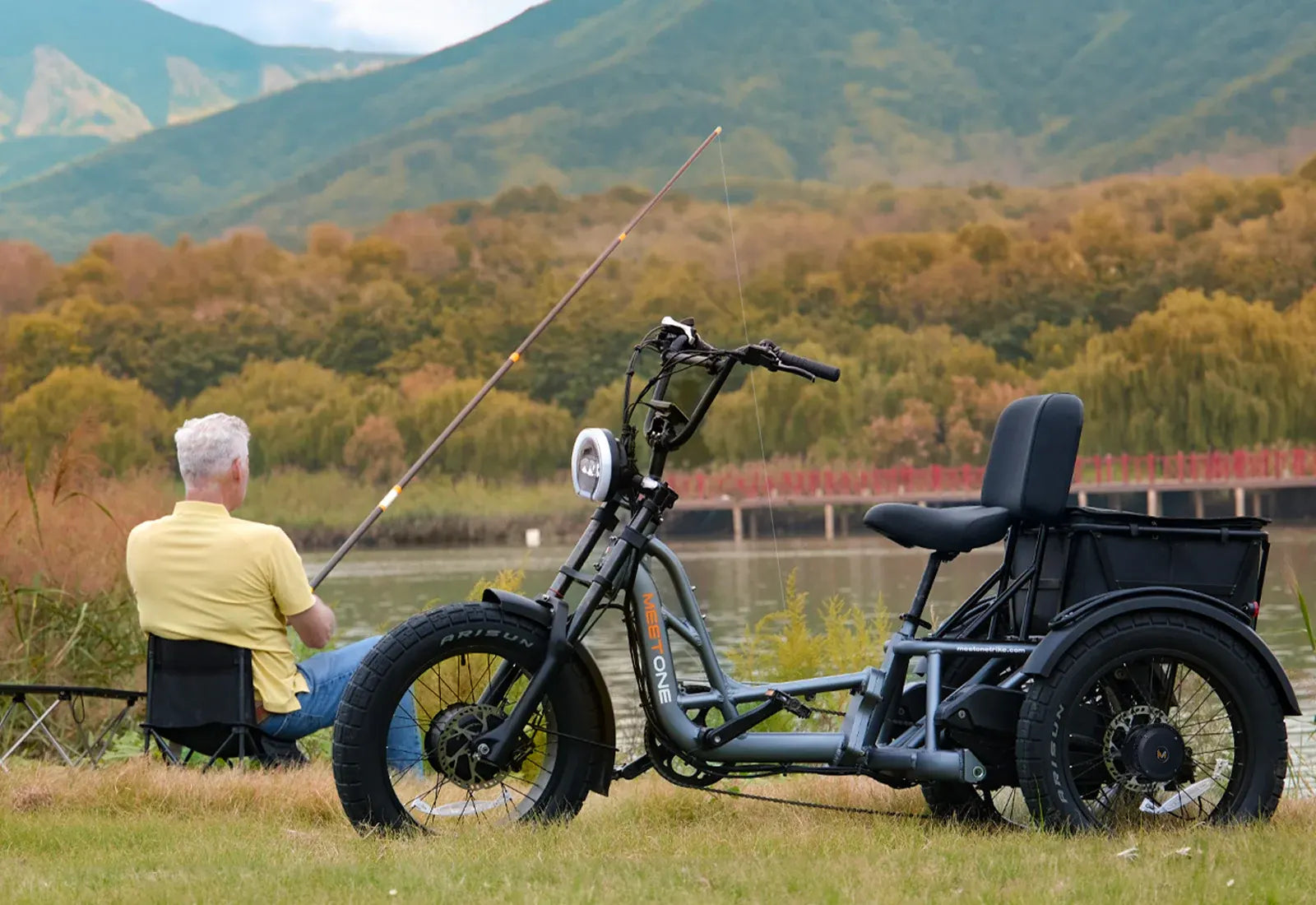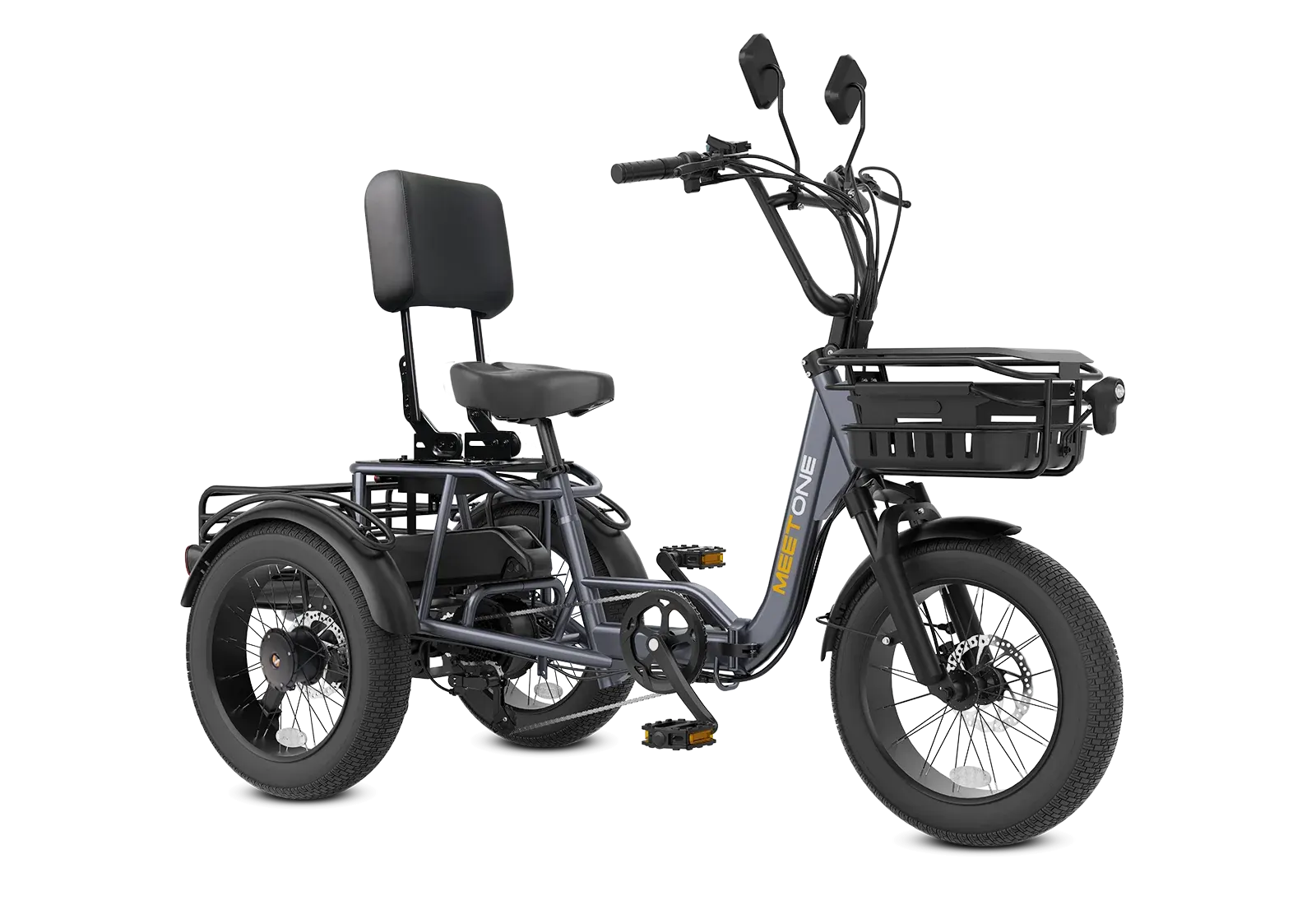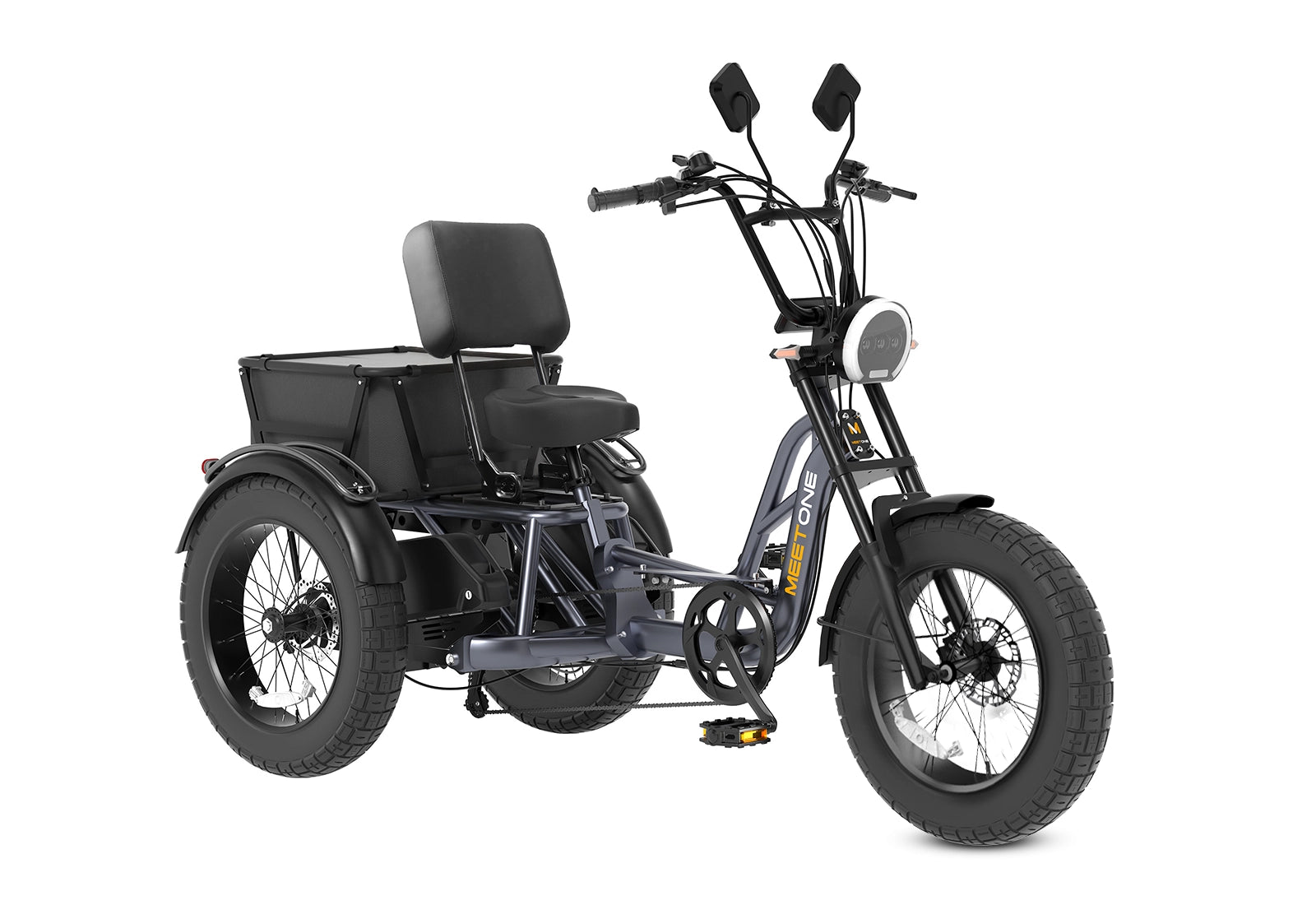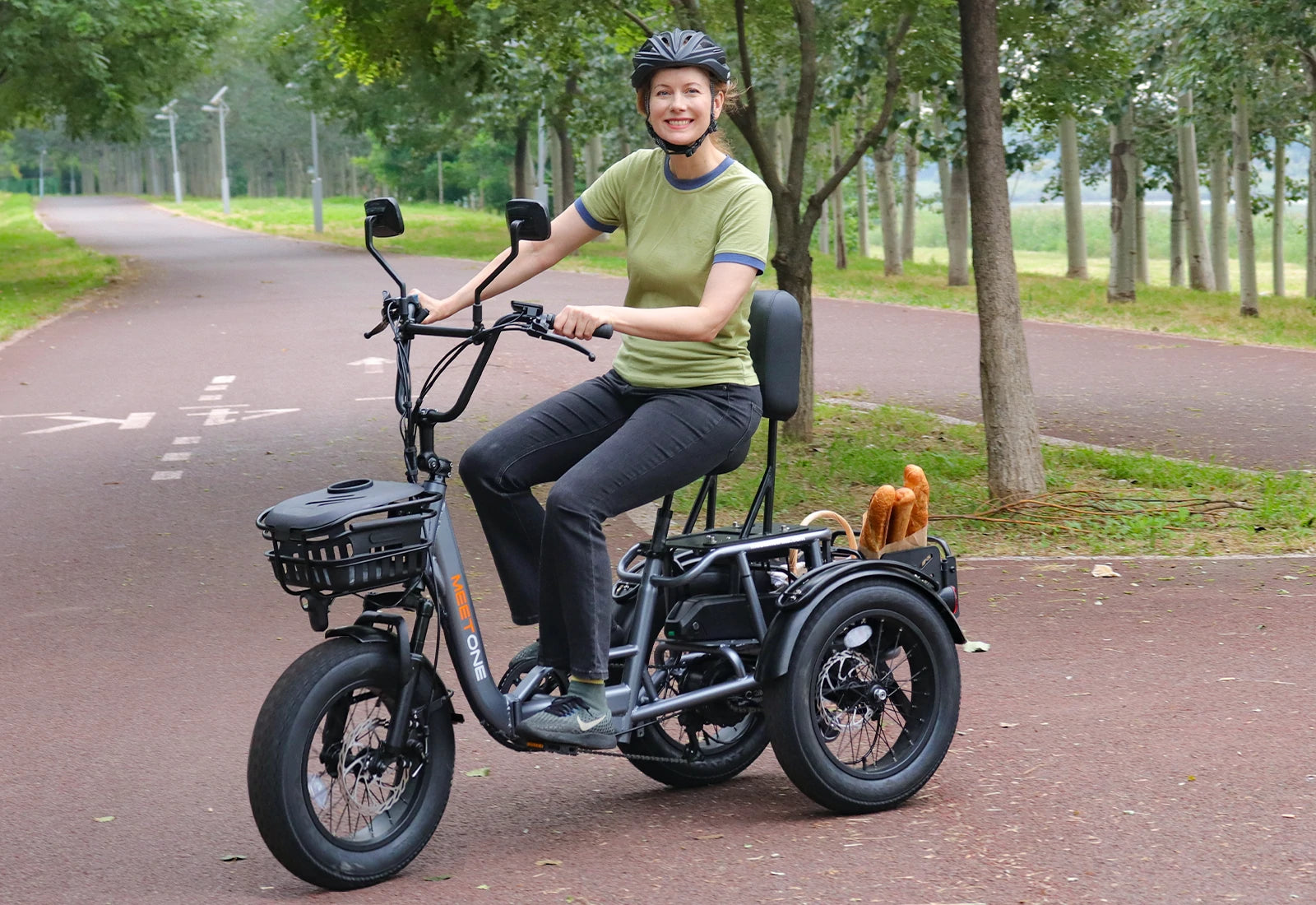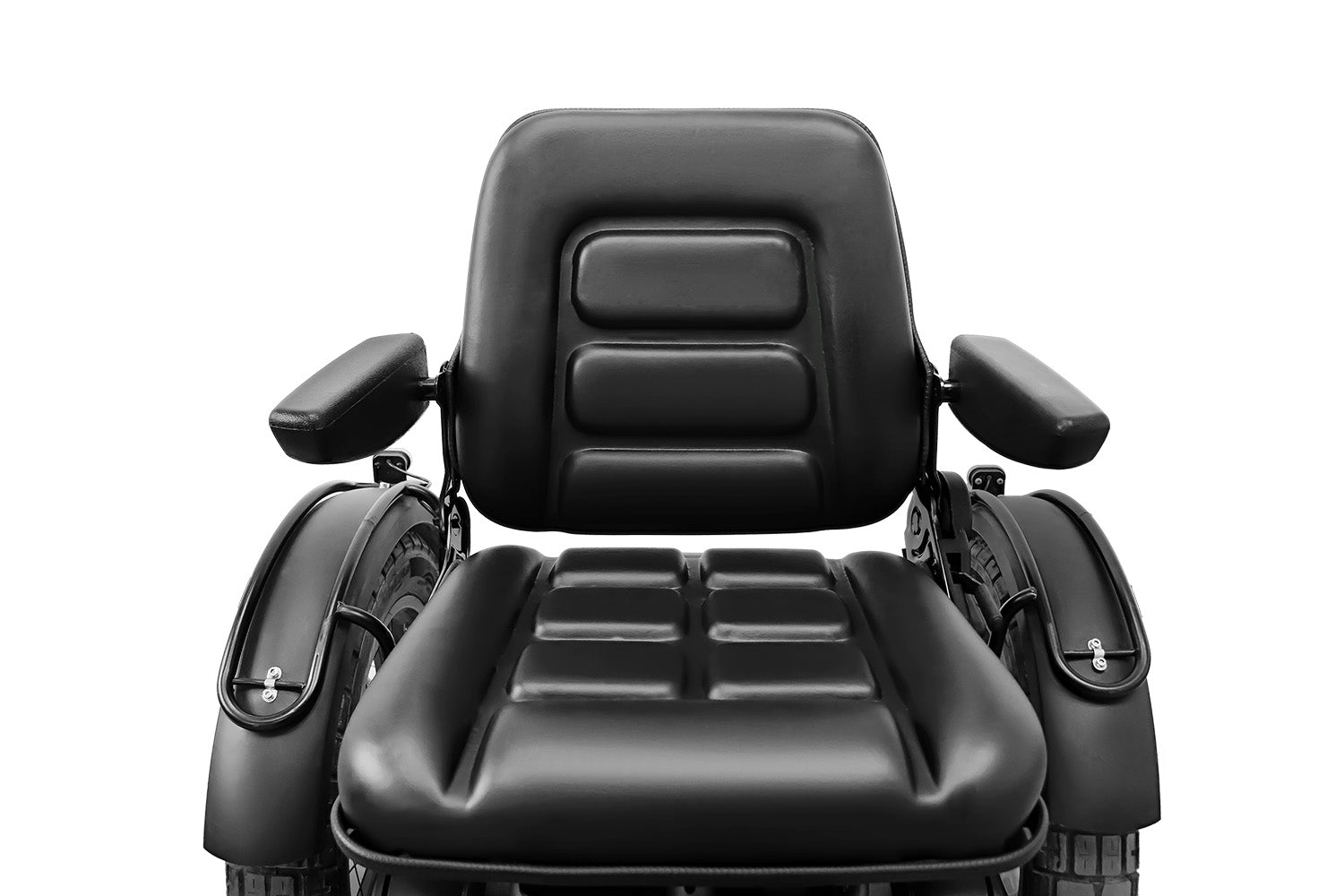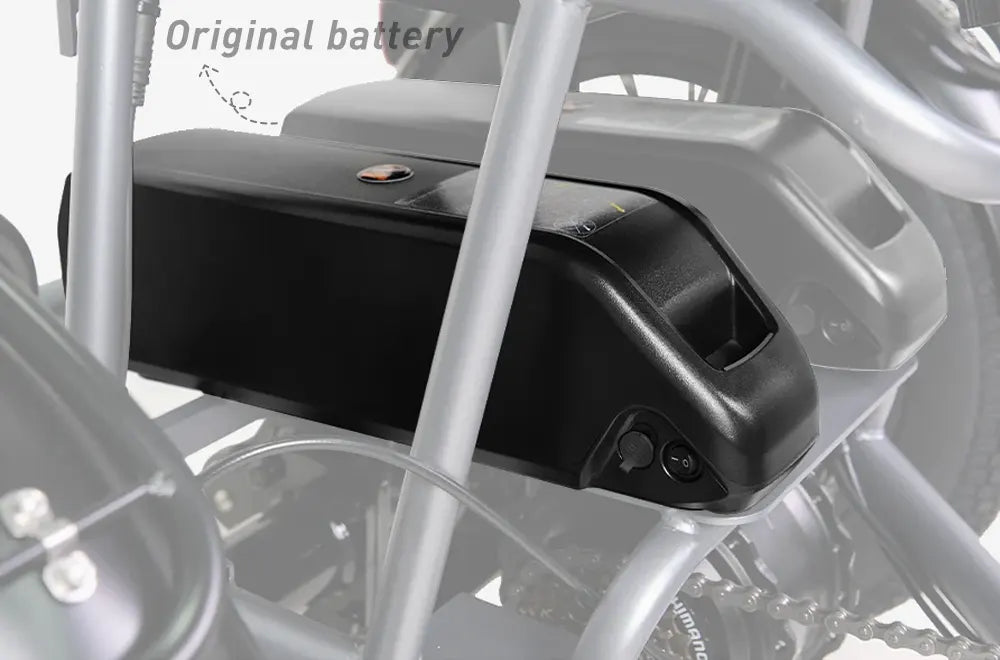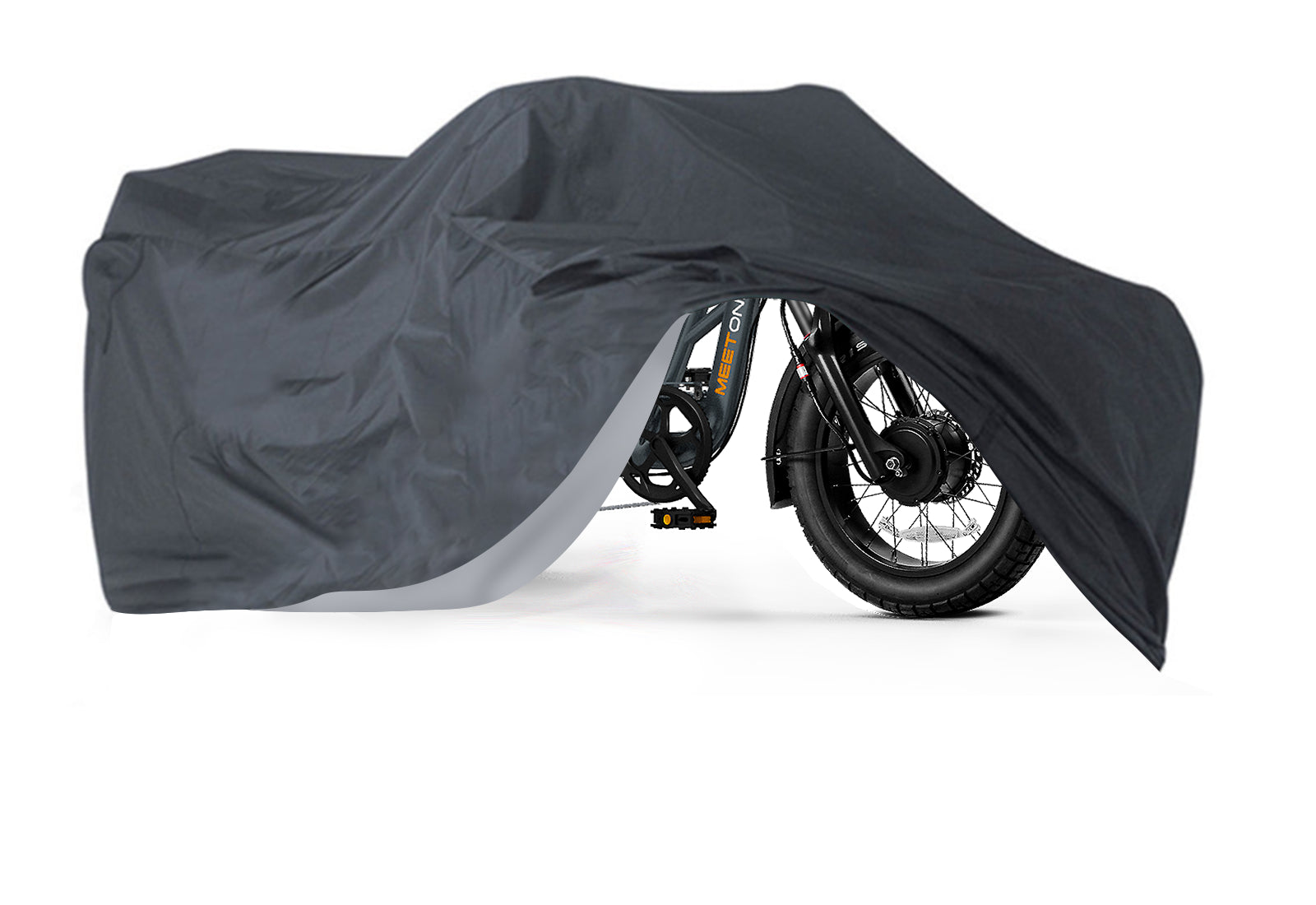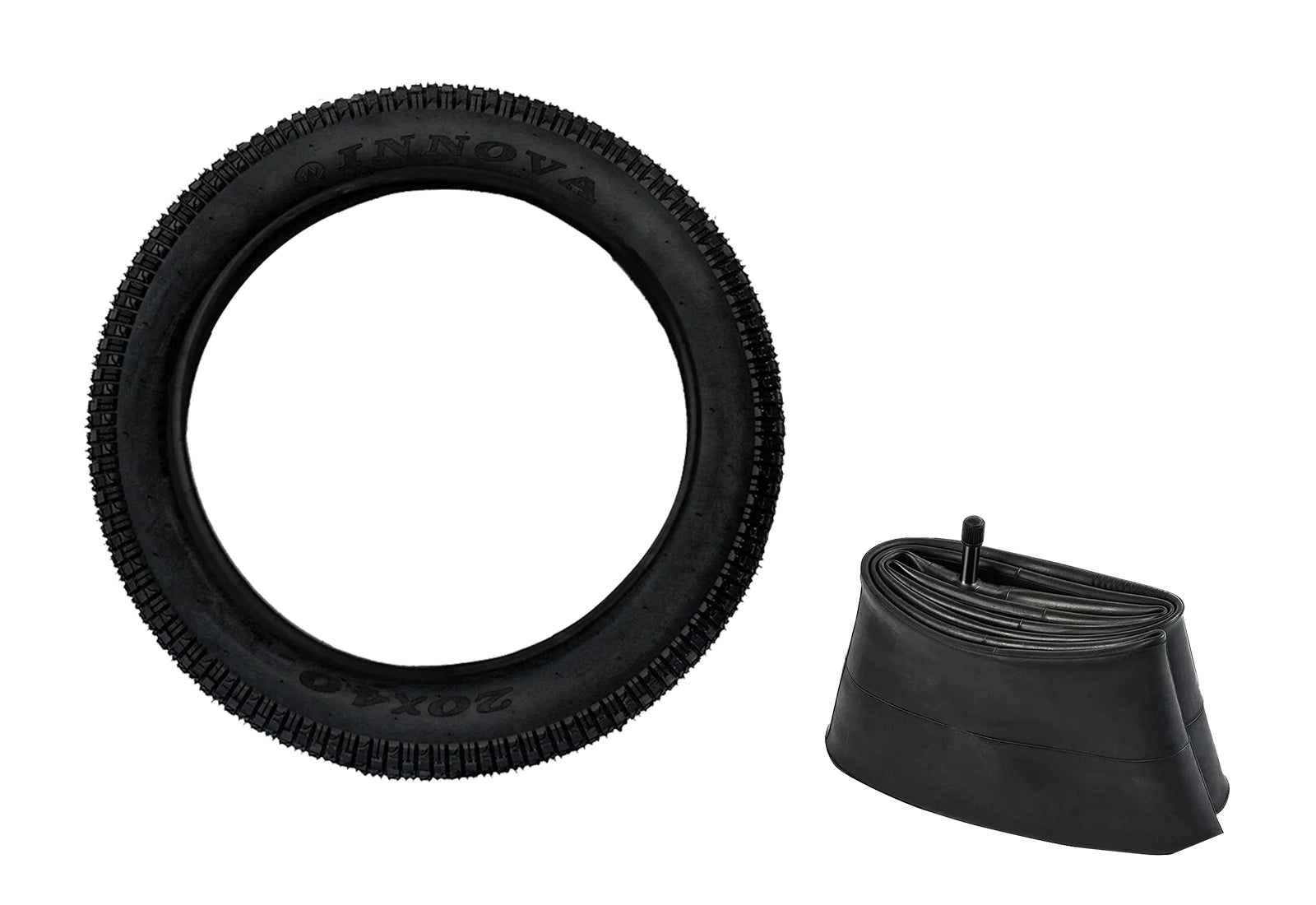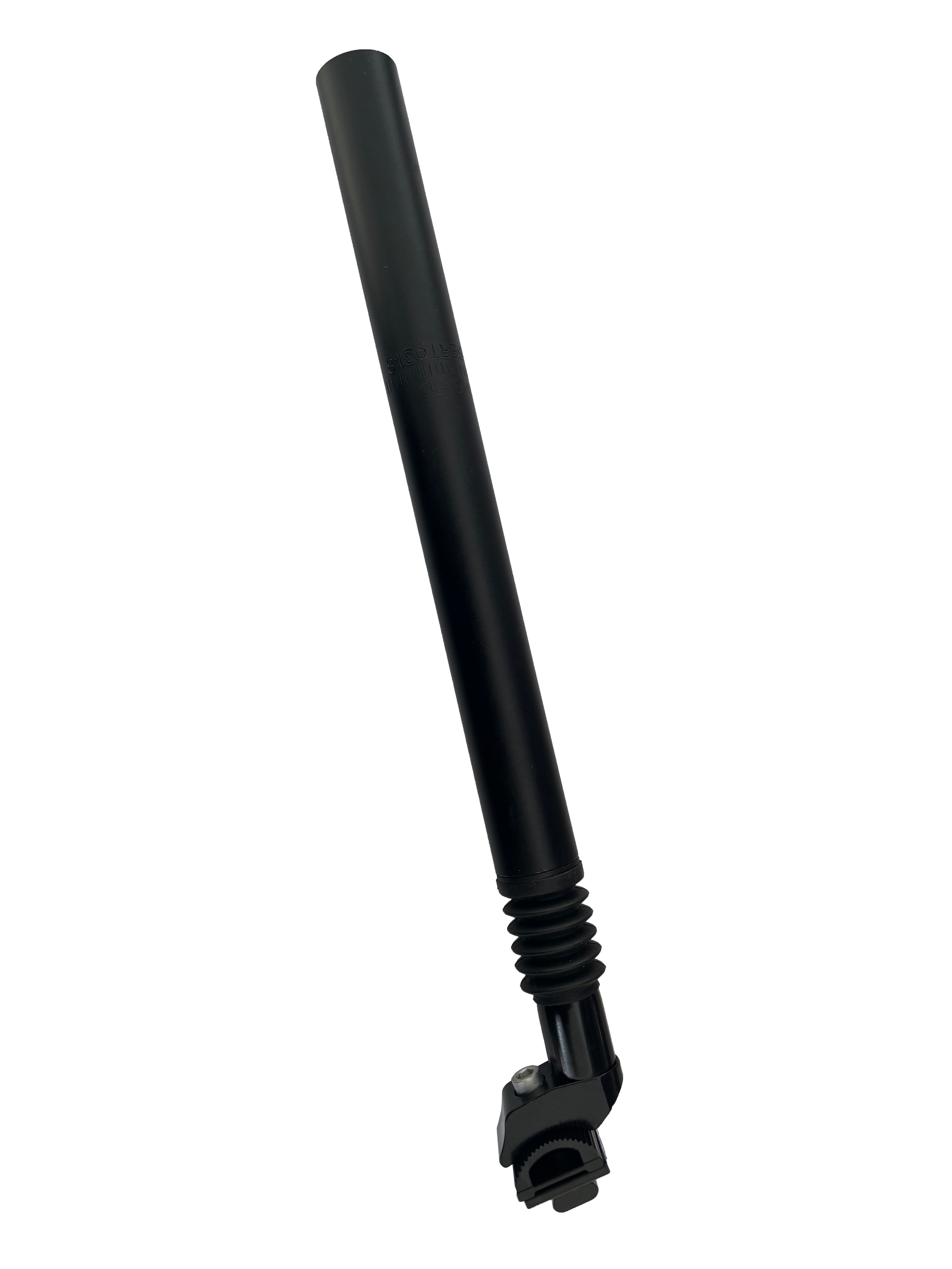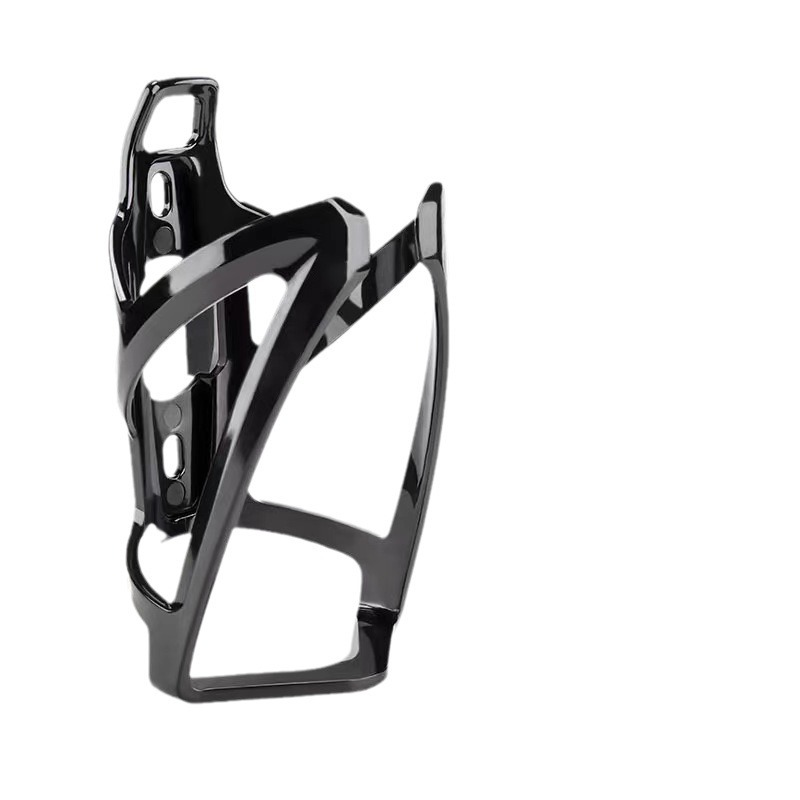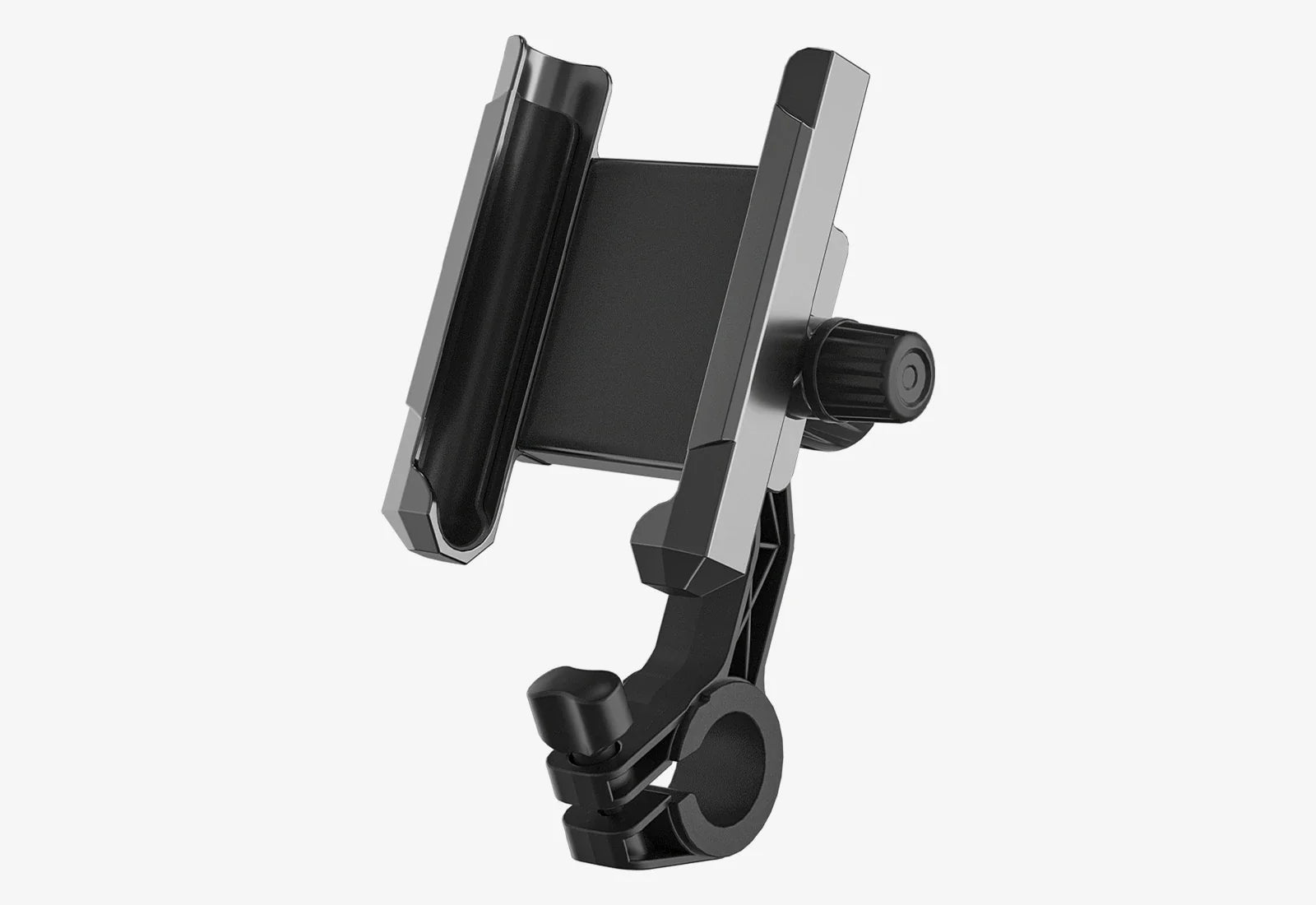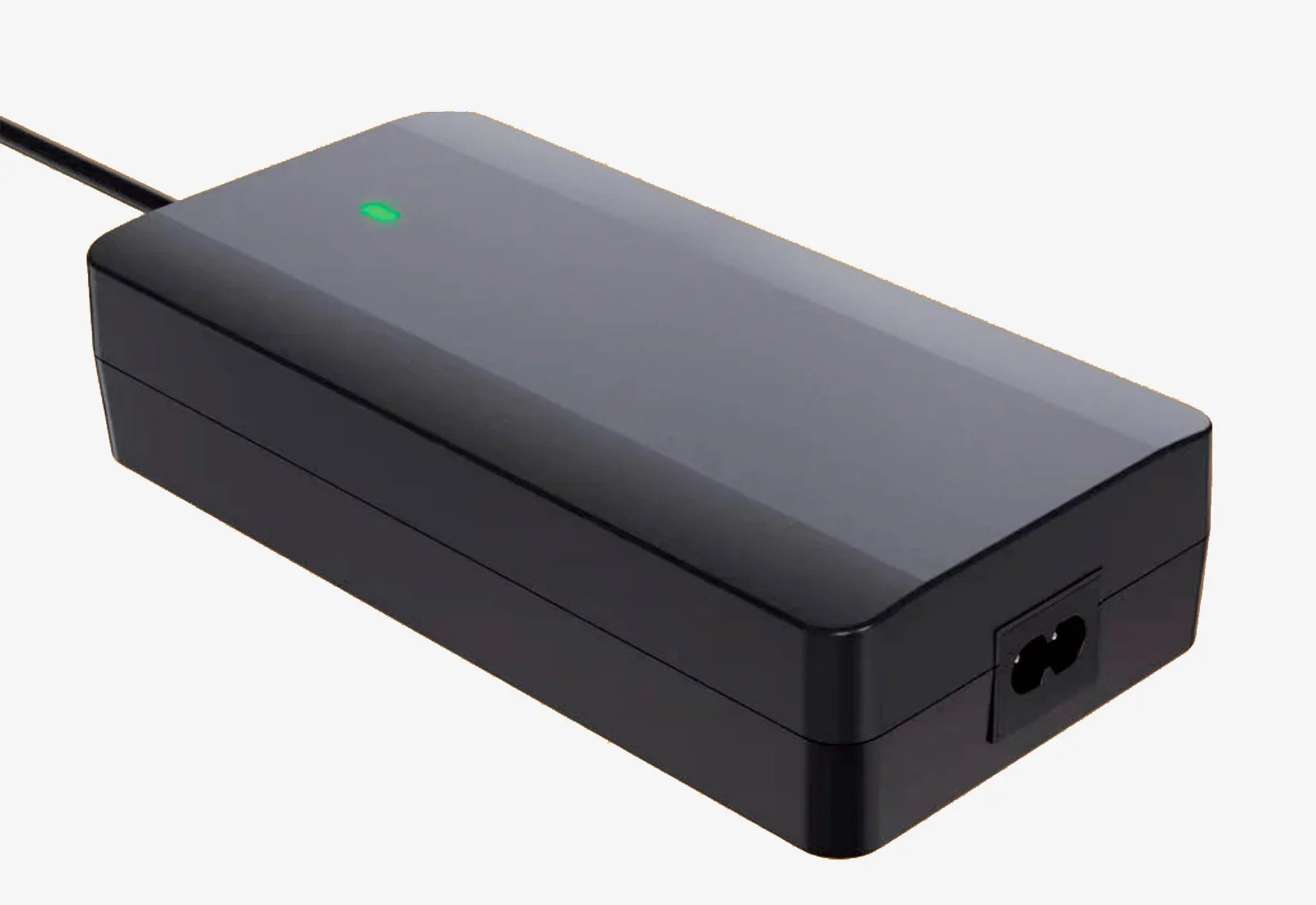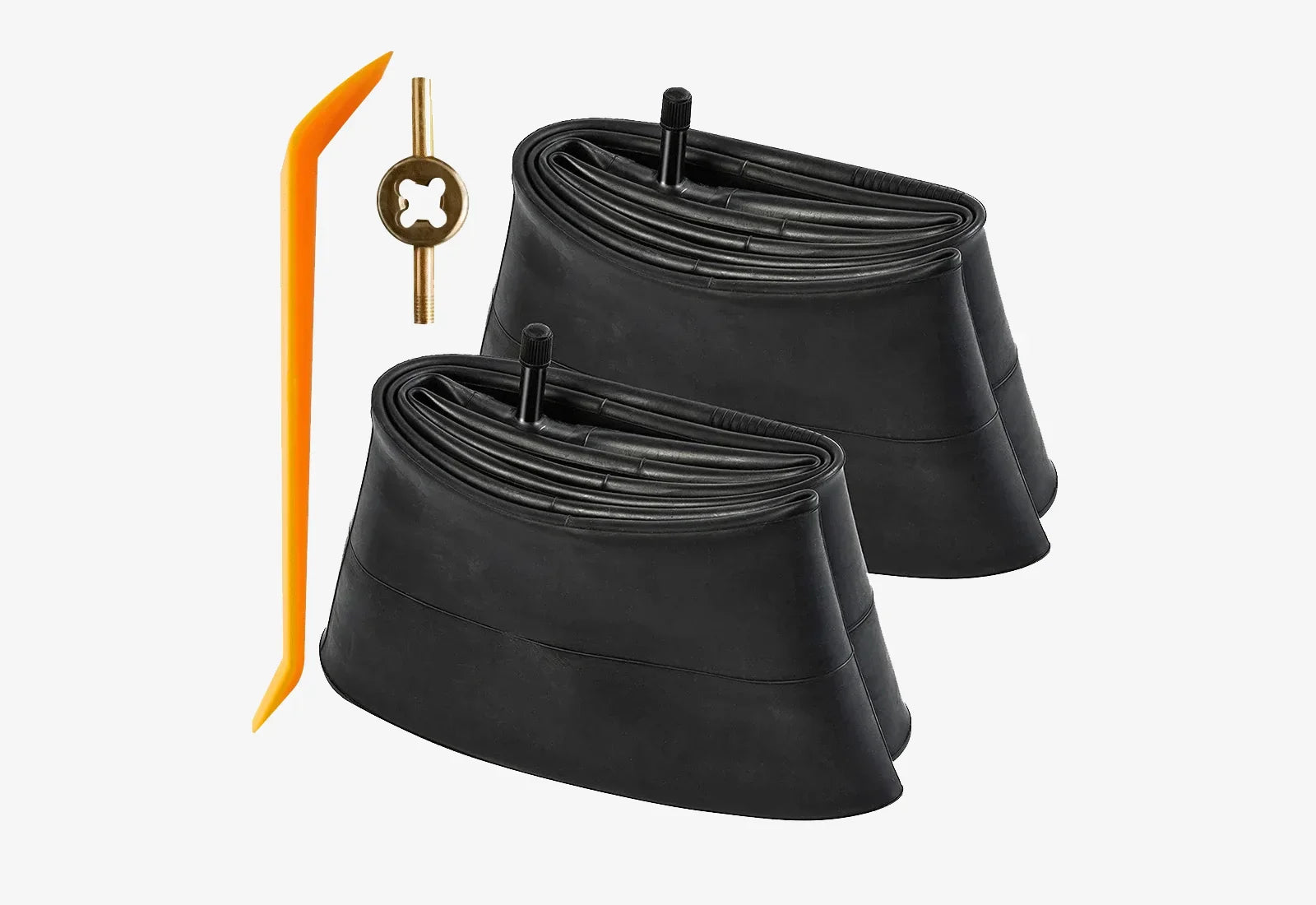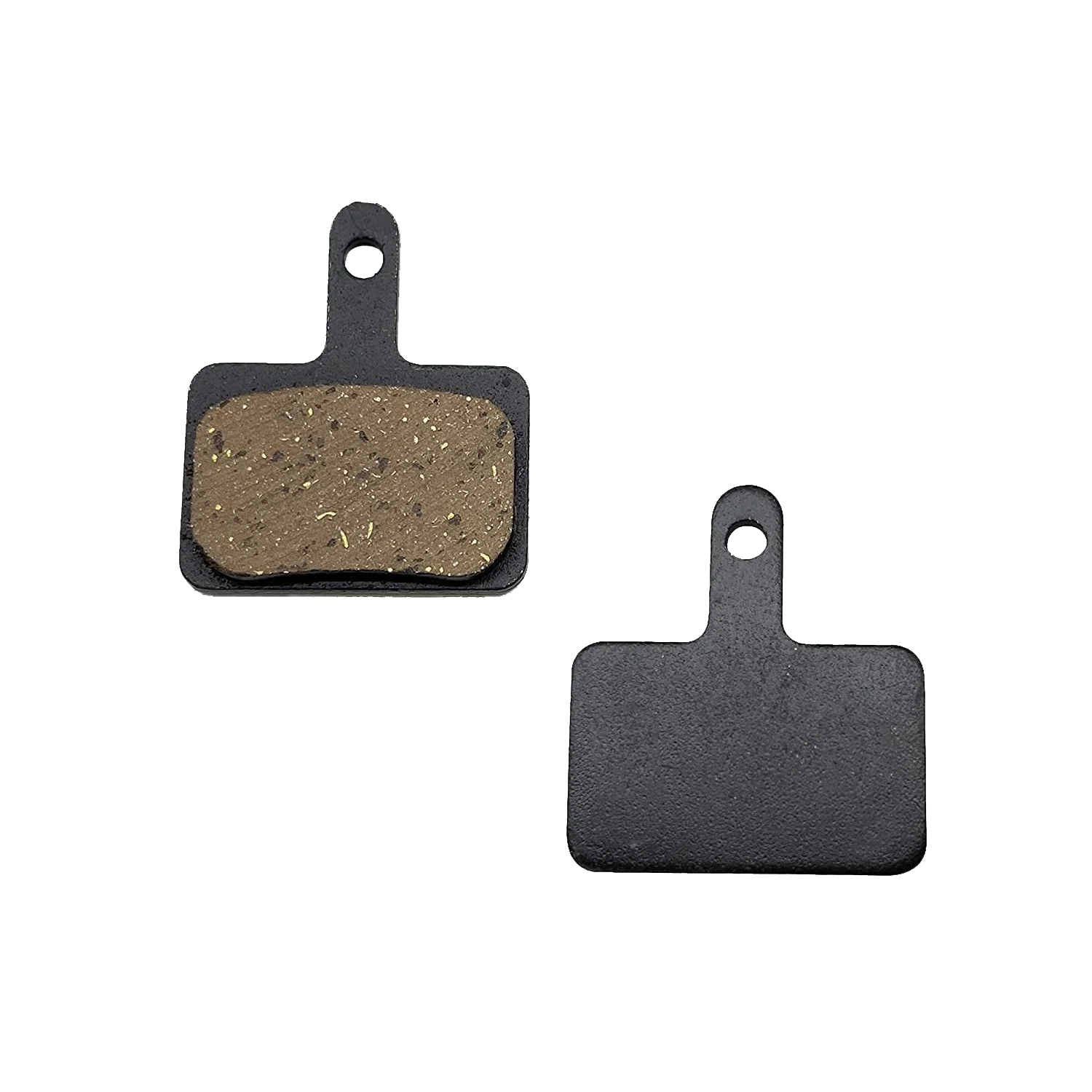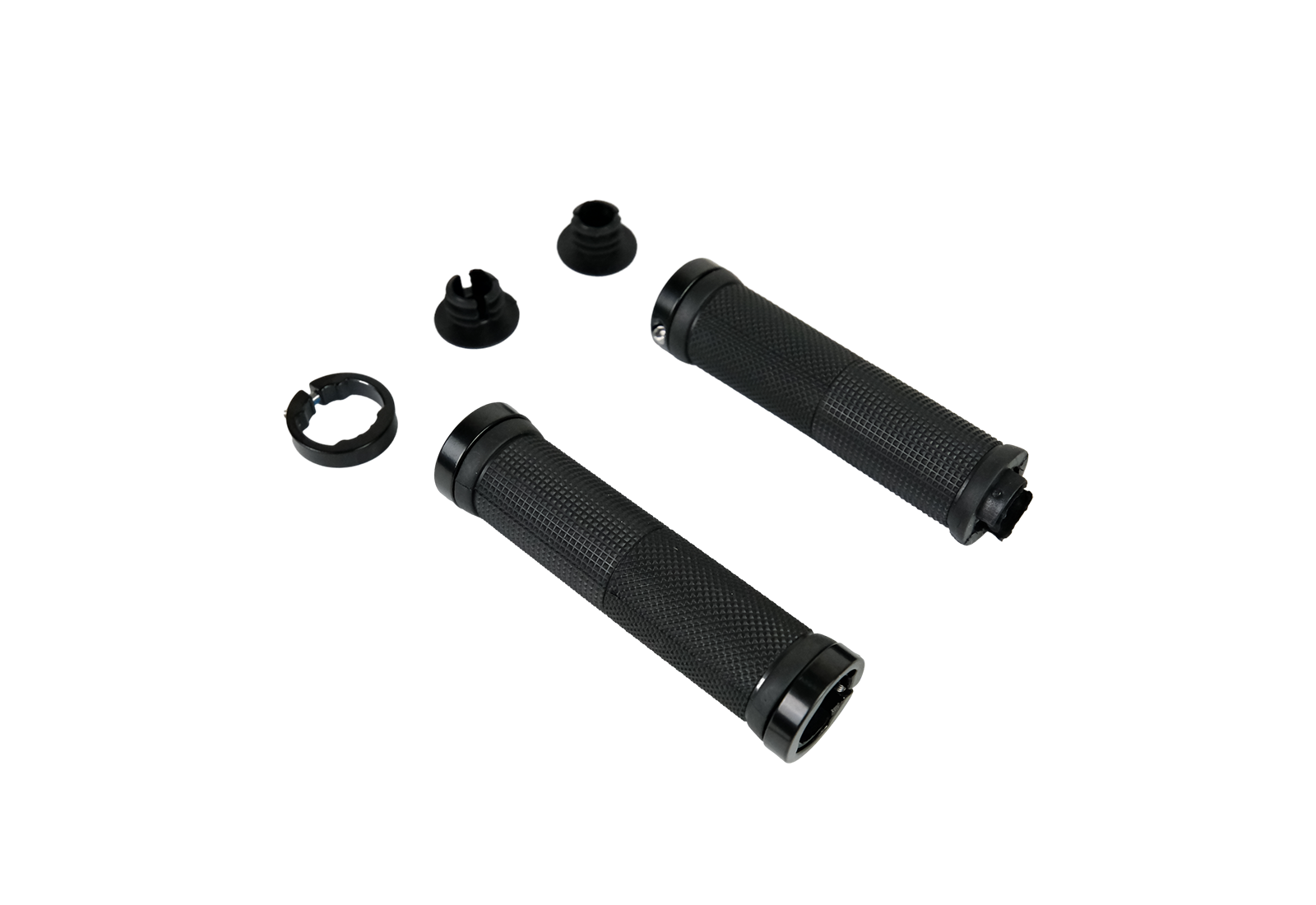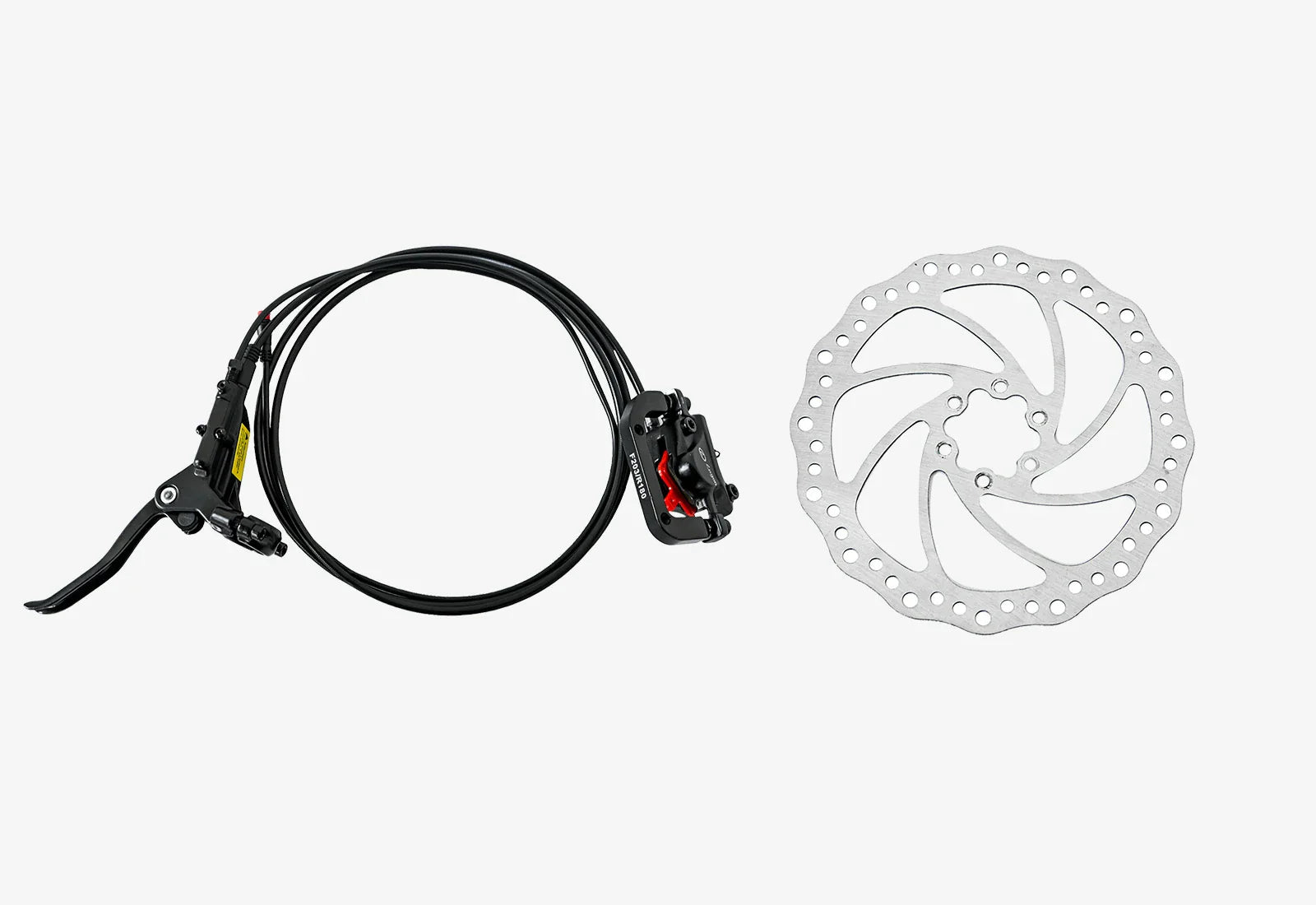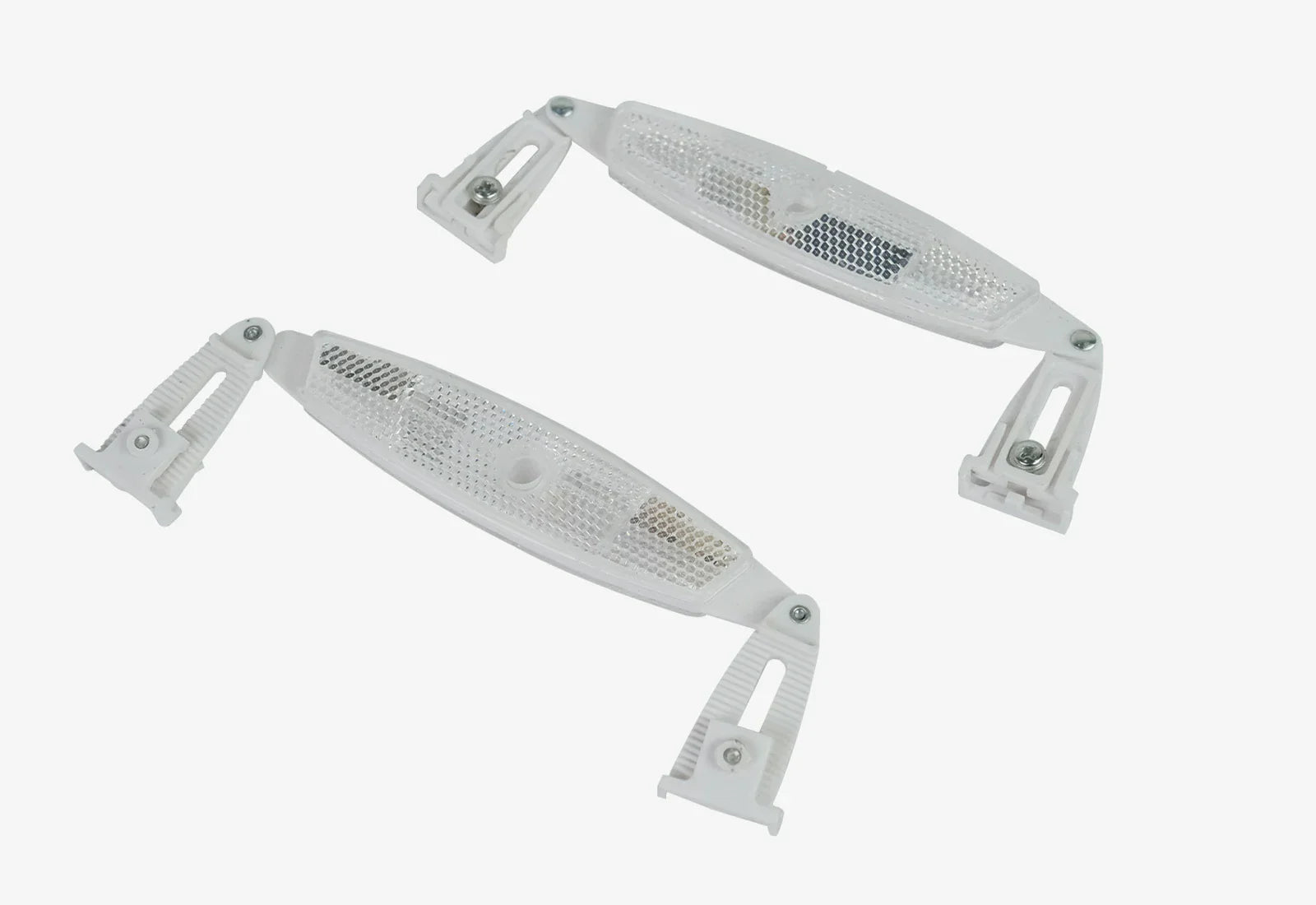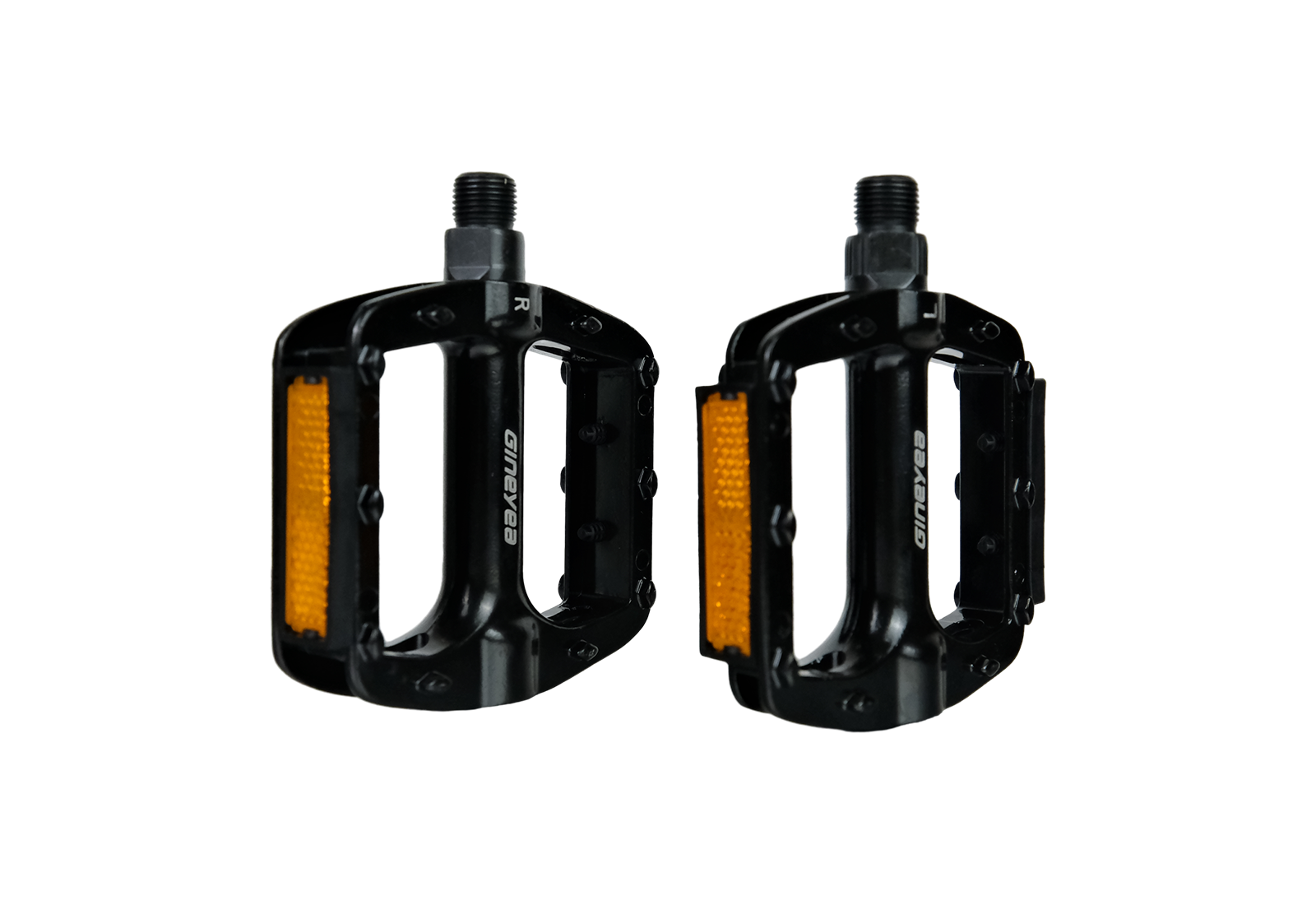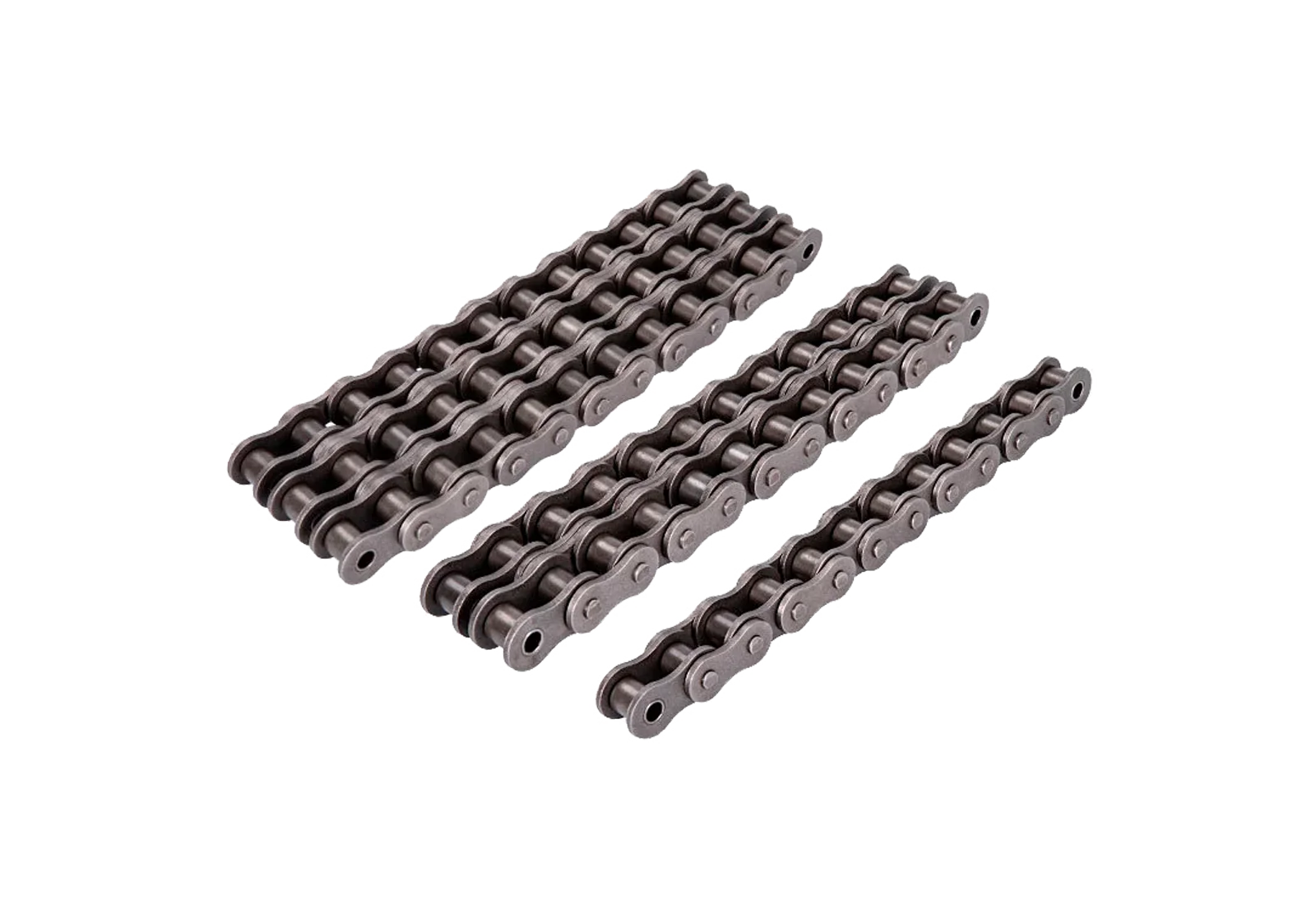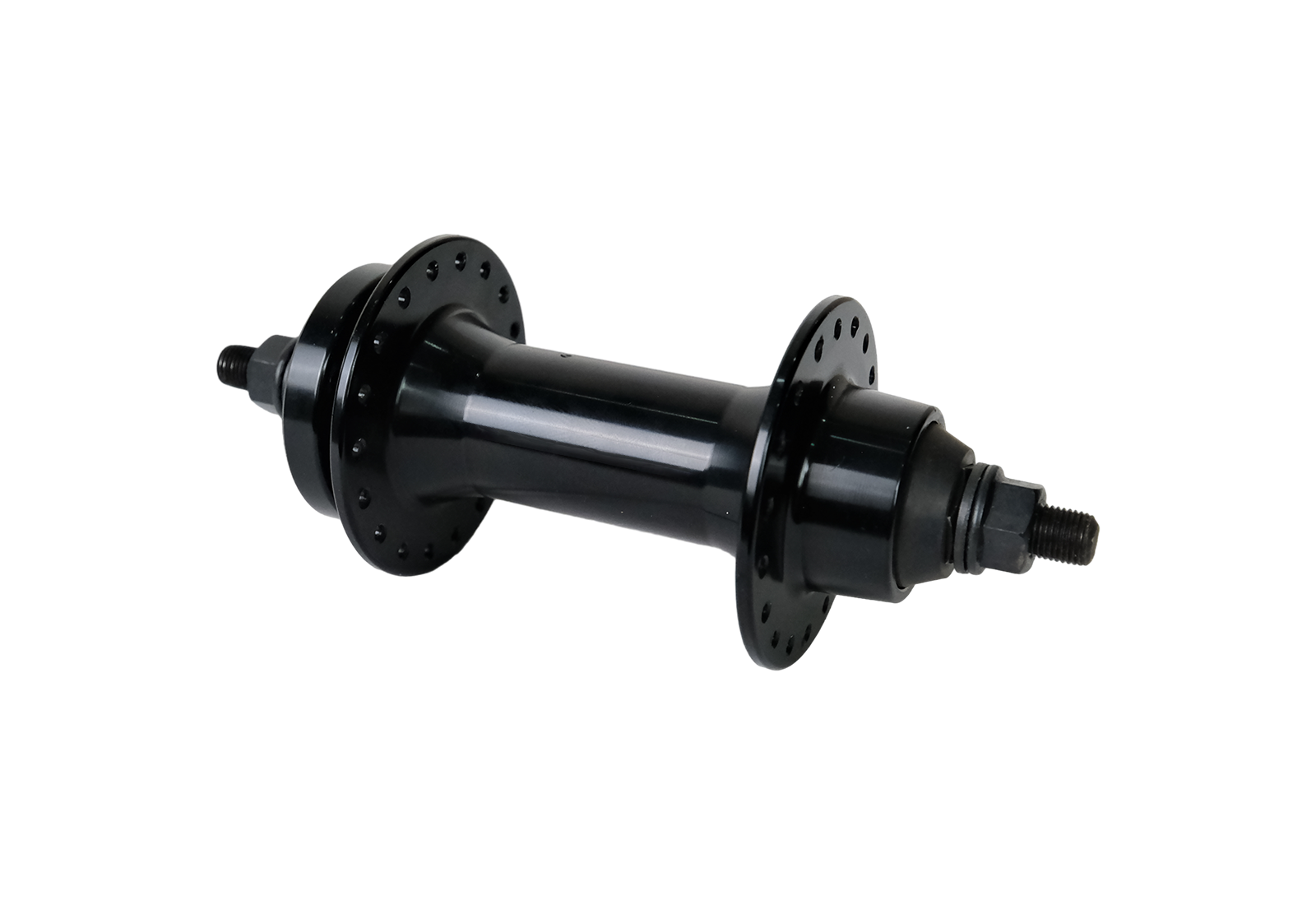
Mobility Scooter vs. Electric Trike
For many older adults, staying independent is not only about health—it’s also about the freedom to move around without depending on others. Two of the most popular options today are the mobility scooter and the electric trike. At first glance, both look similar: three wheels, a comfortable seat, and an electric motor to take the effort out of traveling. But when you look closer, the differences reveal themselves in ways that can completely change the experience.
Comfort First, or Comfort with a Breeze
Scooters prioritize comfort, while trikes offer a more active riding experience.
Mobility scooters have always been about ease. They’re shaped for comfort: wide, padded seats, supportive backrests, and often armrests that make sitting down and standing up a little easier. The tiller-mounted handlebars are close at hand, so with a small twist of the throttle you can roll away without lifting a foot. If you imagine an armchair that just happens to move, you’ve imagined a scooter.
Electric trikes feel less like furniture and more like a ride. The posture is closer to a bicycle, and many modern trikes use step-through frames so you don’t need to lift your leg high to get on. Some even add semi-reclined seats or supportive backrests for extra comfort. They may not have the same plushness as a scooter, but they make up for it in openness—the sense that you are not just seated but actively participating in your journey. And when you pedal lightly and feel the motor assist kick in, there’s a small but undeniable thrill: you are moving, not just being moved.
Terrain and Stability
Scooters work best on smooth pavement, while trikes adapt better to varied terrain.
On smooth sidewalks and inside shopping centers, scooters feel unbeatable. Their wide base and low center of gravity give them a reassuring solidity. Four-wheeled versions, in particular, feel almost impossible to tip. But scooters also have a weakness: their smaller wheels. The moment you leave smooth pavement, bumps, grass, or gravel become obstacles rather than scenery. A scooter will get you around the grocery store with grace but may hesitate at the park entrance.
Trikes approach stability differently. They are also three-wheeled, so they don’t wobble like bicycles. But with larger tires and, in many models, suspension systems, they adapt to rougher paths. Gravel, packed dirt, or a slightly hilly neighborhood doesn’t intimidate them. Learning to corner on a trike takes a little practice—lean too little and the ride can feel stiff—but once you adjust, you find a freedom scooters rarely provide.
Distance and Speed
Scooters are limited to short trips, while trikes allow longer and faster rides.
Scooters are made for local trips. Their top speed—usually around 4 to 6 miles per hour—is close to a brisk walking pace, which is exactly the point. They are intended for errands, indoor navigation, and short outdoor rides. The range, somewhere between 10 and 20 miles, is perfectly adequate for these tasks.
Trikes are more ambitious. With speeds closer to 15 to 20 miles per hour and ranges that can exceed 40 miles, they’re designed for exploring. A scooter is happiest in a retirement community or mall; a trike feels at home on bike paths, long sidewalks, or even scenic trails. That difference—staying close versus venturing far—is often the deciding factor for riders.
Effort: None at All or Just Enough
Scooters require no effort, while trikes invite optional light exercise.
Perhaps the sharpest contrast between scooters and trikes lies in how much of yourself you bring to the ride. Scooters require no physical effort. If your doctor has advised you to avoid strain, or if standing and walking are difficult, this lack of demand is a blessing. They function almost like wheelchairs with better speed and range.
Trikes, in contrast, invite you to move. You can ride them without pedaling, but the option to contribute—to turn the pedals a few times, to engage your legs without overdoing it—changes the entire experience. The motor amplifies your effort so joints aren’t stressed, but your muscles still wake up, your blood still flows, and you feel the satisfaction of doing something for yourself. For seniors looking to keep active, trikes don’t just move the body from place to place; they help keep the body moving in every sense.
Storage and Practicality
Scooters are compact, while trikes require more storage space.
One of the less glamorous but more important considerations is where to keep your ride. Scooters tend to be compact. Many break down into lighter pieces, making them easier to store in a closet, keep in a hallway, or load into a car trunk. For apartment dwellers, this portability can be a deciding factor.
Trikes, by comparison, are bulkier. A non-folding trike often requires a garage, shed, or designated storage space. Some newer designs offer folding frames to reduce their footprint, but they are still larger than scooters. The trade-off is that you gain range, speed, and exercise potential—but you’ll need space to accommodate it.
Cost and Value
Scooters cost less, while trikes demand higher investment but deliver more benefits.
Budget is another dividing line. Mobility scooters can be found for under $1,000, with mid-range models around $1,500 and more feature-rich versions reaching $3,000 or more. For many seniors, this is the most accessible way to regain mobility quickly.
Electric trikes generally start around $1,500 and climb depending on extras: fat tires, step-through frames, digital displays, larger batteries. They cost more up front, but many riders see them as an investment not only in independence but also in health. A trike isn’t just transport; it’s also a piece of fitness equipment disguised as a ride.
Who Chooses What
Scooters fit seniors seeking effortless comfort; trikes fit those who want activity with mobility.
Picture two seniors:
Ellen, who struggles with her hips, wants nothing more than to keep attending weekly card games and running to the store without needing a ride. For her, a mobility scooter is perfect: comfortable, safe, and requiring no effort.
Frank, still spry but cautious about balance, misses the feeling of cycling and wants to keep his heart active. He has a garage where he can store his ride. For him, the electric trike is not only transport but a way to keep moving, to explore further, and to stay connected to the world beyond his block.
Both Ellen and Frank are making the right choice—for themselves. And that’s the point.
Final Thoughts
Scooters provide freedom from effort, while trikes provide freedom through movement.
Mobility scooters and electric trikes are not competitors in the usual sense. They are answers to different question
Scooters answer: How can I move without effort?
Trikes answer: How can I stay active with support?
Scooters provide freedom from effort. Trikes provide freedom through movement. Both restore independence. Both give back confidence. Both make life bigger than it might otherwise be.
The decision isn’t about which machine is better. It’s about which kind of independence feels right to you.
The decision isn’t about which machine is better. It’s about which kind of independence feels right to you.
🚲 Explore Our Electric Trikes Collection Now and discover the ride that best matches your lifestyle!
Quick Comparison Table
| Feature | Mobility Scooter | Electric Trike |
|---|---|---|
| Comfort | Very high (padded seats, armrests) | High (open design, semi-reclined seats in some models) |
| Effort Required | None (purely electric) | Light (pedal assist available) |
| Speed | 4–6 mph | 15–20 mph |
| Range | 10–20 miles | 40–50 miles (with pedaling assist) |
| Terrain Handling | Best on smooth surfaces | Handles rough terrain better (gravel, light hills) |
| Storage | Compact, foldable options | Larger, may require a garage or outdoor space |
| Stability | Very stable (low center of gravity) | Stable (larger wheels, suspension options) |
| Health Benefits | Minimal | Moderate (gentle exercise, circulation boost) |
| Best For | Short trips, indoor/outdoor mobility | Active seniors, long rides, exercise + transport |
